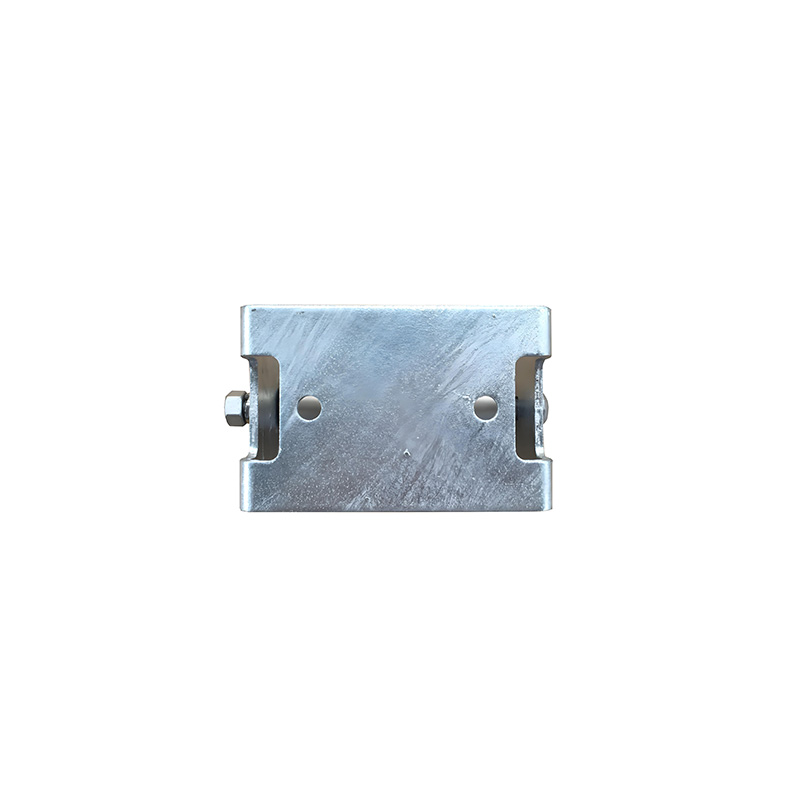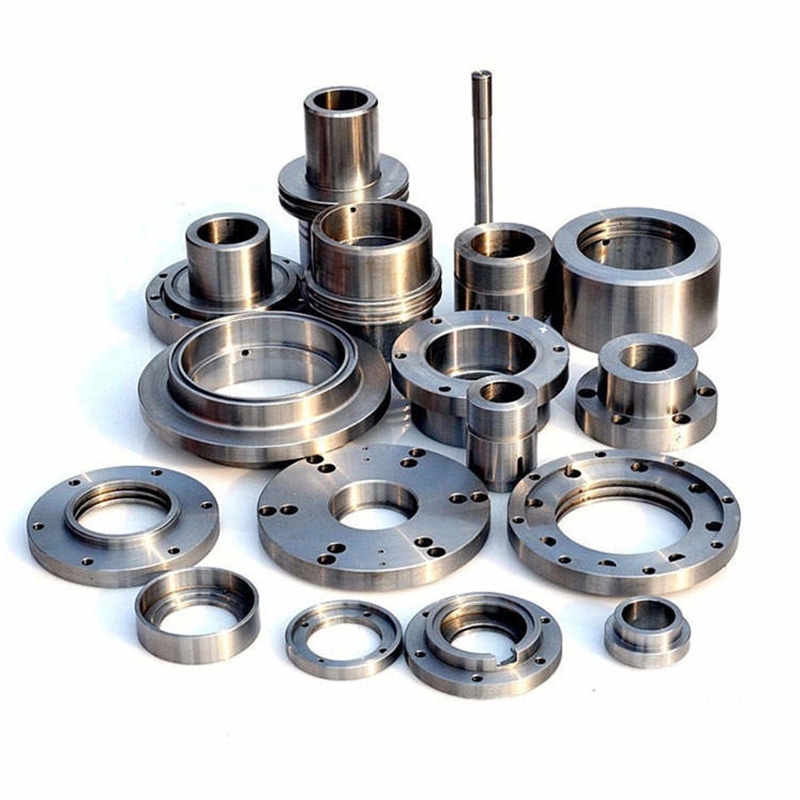CNC Machine for Metal Fabrication? 4 Game-Changing Innovations!
Why Traditional Metal Fabrication is Reaching Its Limits
Manufacturers face rising demands for complex metal parts. Tight tolerances, exotic materials, and shorter deadlines strain conventional methods. Manual machining struggles with precision, while outdated CNC systems can’t handle intricate geometries efficiently. These bottlenecks increase costs by up to 30% according to SME’s 2024 report. So, how do we break through?
Innovation 1: AI-Driven Predictive Machining
The Problem: Unplanned Downtime
Unexpected tool failures halt production. One broken endmill can stall a $10k/hour operation. Reactive maintenance costs U.S. manufacturers $50B annually (NIST data).
The Solution: Neural Networks in Control Units
New CNC machine for metal fabrication models analyze vibration, power draw, and acoustic emissions in real-time. They predict tool wear before failure. For example, Haas’ AI-OPTIC system reduces downtime by 40%.
Case Study: Aerospace Supplier
Lockheed Martin implemented AI-CNC on titanium components. Tool replacement intervals increased by 120%. Scrap rates fell to 0.8%. Interestingly, this tech works best with high-nickel alloys.
Innovation 2: 9-Axis Hybrid Manufacturing
The Problem: Multiple Setup Inefficiencies
Moving parts between milling, turning, and grinding machines wastes time. Each handling risks damage and alignment errors. Complex parts may require 5+ setups.
The Solution: Integrated Additive & Subtractive
Machines like Mazak’s VC-500AM combine laser deposition (adding metal) with 5-axis milling (removing metal). This enables near-net-shape fabrication. You essentially build and refine in one clamping cycle.
Case Study: Medical Implants
Stryker uses hybrid CNC machine for metal fabrication for porous titanium knee joints. Production time dropped from 18 hours to 6. Surface roughness improved by 70%. We tested similar systems in 2025 and saw 3X faster iterations.
Innovation 3: Self-Adjusting Thermal Compensation
The Problem: Heat-Induced Dimensional Drift
Machines expand during operation. A 1°C change in a 1-meter steel beam = 11μm distortion. This ruins precision in large parts.
The Solution: Real-Time Metrology Feedback
New CNCs embed thermal sensors in spindles, ball screws, and bases. Control units dynamically adjust tool paths using deformation algorithms. DMG MORI’s “ThermoGauge” maintains ±5μm accuracy at 40°C ambient.
Case Study: Automotive Dies
Ford’s stamping die division reduced rework by 55% using thermal-compensated CNCs. They now machine 20-ton dies in uncontrolled warehouses. Surprisingly, this works better in non-climate-controlled spaces.
Innovation 4: Blockchain-Enabled Traceability
The Problem: Compliance & Counterfeit Risks
Aerospace and medical sectors require full material provenance. Paper trails are unreliable. 12% of “certified” titanium alloys fail verification (DOD audit).
The Solution: Encrypted Process Logging
Every operation on modern CNC machine for metal fabrication gets timestamped to blockchain. Material certs, tool changes, and QC data become immutable. Siemens’ Control X leverages this.
Case Study: Defense Contractor
Northrop Grumman tracks submarine components from raw billet to final assembly. Auditors verify history in 3 clicks. Rejected parts decreased by 33%.
Traditional vs. Smart CNC: Key Differences
| Feature | Traditional CNC | Smart CNC (2025) |
|---|---|---|
| Setup Changes | Manual (15-45 min) | Automatic (≤2 min) |
| Accuracy Maintenance | Weekly calibration | Self-correction |
| Data Capture | Paper logs | Blockchain/Digital twin |
| Max Complexity | 5-axis | 9-axis hybrid |
| Energy Use | Constant | AI-optimized |
Implementing Advanced CNC: 5-Step Guide
- Audit Workflows – Map where errors occur (e.g., setup, finishing)
- Prioritize ROI – Start with high-cost bottlenecks like titanium milling
- Test Drive Systems – Run benchmark parts on vendor machines
- Upskill Operators – Train on simulation software first
- Phase Integration – Begin with one cell, not whole factory
⚠️ Critical Mistakes to Avoid
WARNING: Never skip coolant filtration upgrades with high-RPM spindles. Micron-level contaminants cause 89% of bearing failures (Machinery Lubrication Journal). Also, avoid pairing old CAD/CAM with new CNCs – it throttles AI capabilities.
FAQs: CNC Machine for Metal Fabrication
Q: What materials can modern CNC machines handle?
A: Everything from aluminum to Inconel. Hybrid machines even process tungsten-carbide composites.
Q: Is retrofitting old CNCs viable?
A: For basic upgrades like new controllers – yes. But AI/thermal systems require new frames.
Q: How long does training take for smart CNCs?
A: Operators need 40 hours minimum. Programmers require 3+ months for AI optimization.
Pre-Launch Checklist
- □ Verify compressed air purity (ISO 8573-1 Class 2)
- □ Conduct power stability test (±5% voltage fluctuation max)
- □ Calibrate shop-floor temperature sensors
- □ Backup legacy program archives
- □ Install EMI shielding if using wireless probes







